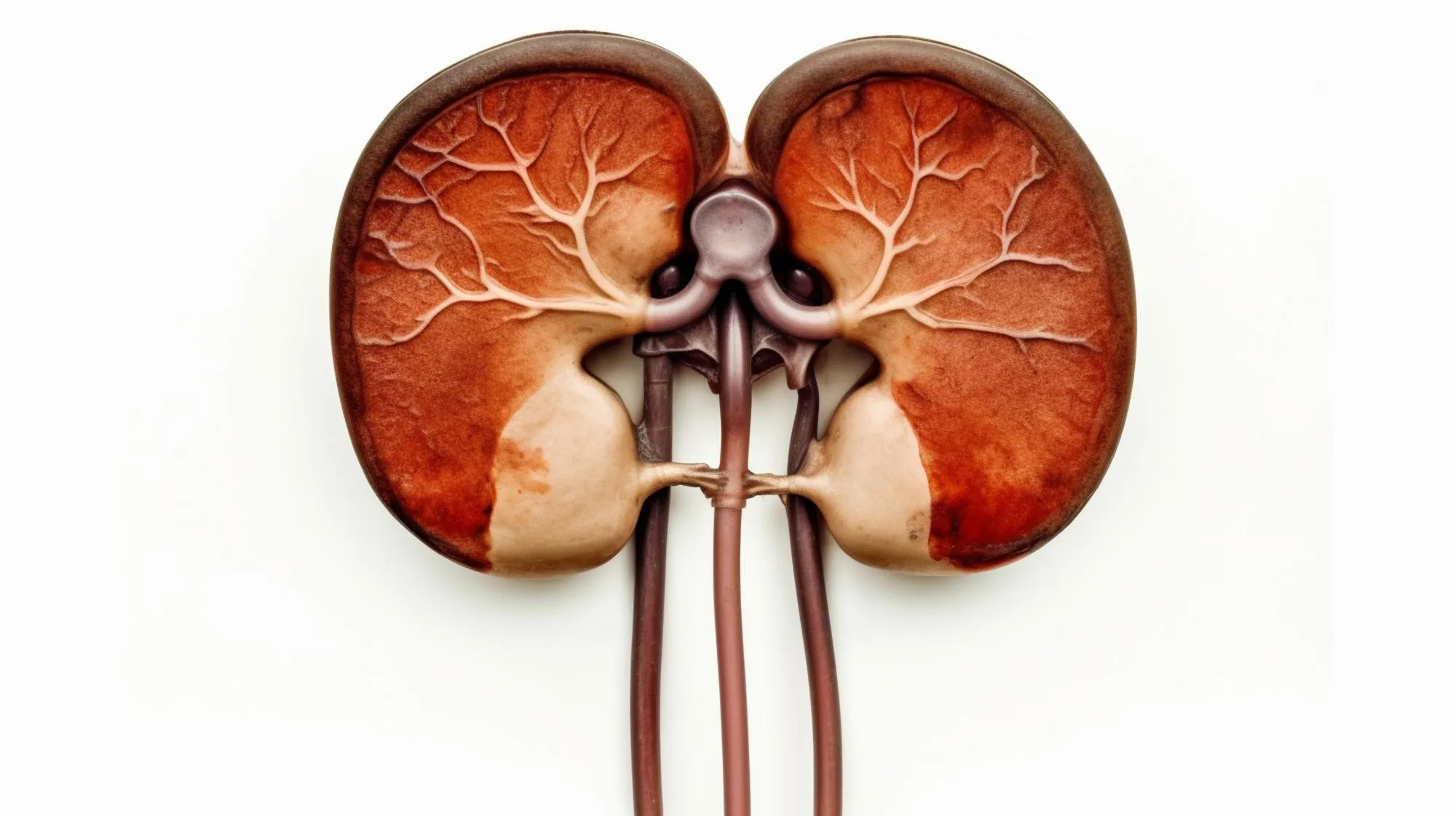Introduction
Kidney transplantation has revolutionized the management of chronic kidney disease, offering patients an enhanced quality of life and an escape from the rigors of dialysis. Central to the success of this surgical intervention is the meticulous management of immunosuppressive therapy, with tacrolimus being the cornerstone drug. However, the narrow therapeutic index of tacrolimus and variable drug metabolism among individuals complicates its management. A recent study published in the Biological & Pharmaceutical Bulletin has shed light on the unique role serum intact parathyroid hormone (iPTH) levels may play in tacrolimus therapy for kidney transplant patients, suggesting it could serve as a potential biomarker for dosage schedule optimization.
The Study
In a retrospective observational study (DOI: 10.1248/bpb.b18-00976), Hirata Kenshiro and colleagues at the Department of Pharmacy, Japanese Red Cross Kumamoto Hospital, and the Department of Biopharmaceutics, Graduate School of Pharmaceutical Sciences, Kumamoto University, delved into the correlation between serum iPTH levels and blood concentration or dosage of tacrolimus (Graceptor®). Their work, encompassing 34 patients who underwent kidney transplants between April 2014 and March 2016, indicated the possibility of iPTH serving as a modulator of tacrolimus metabolism (Hirata et al., 2019).
Methodology
The study involved adult kidney transplant recipients who were treated with once-daily prolonged-release tacrolimus. The researchers focused on investigating the influence of serum iPTH on the pharmacokinetics of tacrolimus. Various parameters such as blood levels of tacrolimus, renal function, and serum iPTH levels were monitored and analyzed.
Findings
The findings published by Hirata et al. (2019) revealed that higher levels of serum iPTH were associated with a decreased activity of extra-renal CYP3A, an enzyme responsible for metabolizing tacrolimus. This outcome suggests that the elevated iPTH levels found in chronic kidney disease patients could lead to reduced metabolism of tacrolimus, thereby affecting its blood concentration and the required dosage for therapeutic effect.
Discussion
The implication of these findings is substantial for the field of transplantation. It could potentially pave the way for more personalized dosing regimens, tailored to the physiological condition of the patient, which could result in improved outcomes and reduced adverse effects.
Significance of the Study
Prior to this study, the understanding of the factors affecting tacrolimus metabolism was primarily focused on genetic polymorphisms and drug-drug interactions. The introduction of serum iPTH as a biomarker adds a new dimension to therapeutic drug monitoring in kidney transplant recipients (Watanabe et al., 2019).
Clinical Relevance
Tacrolimus, due to its narrow therapeutic index, demands close monitoring to ensure that concentrations remain within a therapeutic range. Sub-therapeutic levels can lead to transplant rejection, while supra-therapeutic levels can cause toxicity. Identifying iPTH as a biomarker would significantly assist clinicians in fine-tuning tacrolimus dosing schedules, making a considerable impact on post-transplant care (Toyoda et al., 2019).
Limitations
However, the authors caution that the study had its limitations, such as the retrospective design and the relatively small cohort size. Thus, future prospective studies with a larger sample size are warranted to confirm the findings (Sugimoto et al., 2019).
Future Directions
As a next step, research in this area could involve longitudinal studies to explore the dynamic relationship between post-transplant parathyroid hormone fluctuations and tacrolimus metabolism. The exploration of pharmacogenomics and its intersection with physiological biomarkers like iPTH could provide further insights into personalized transplantation medicine.
Conclusion
The study by Hirata et al. (2019) offers a promising viewpoint on how the pharmacokinetics of a crucial immunosuppressive agent like tacrolimus may be influenced by a patient’s serum iPTH level, opening a door for individualized treatment strategies in kidney transplantation.
Keywords
1. Tacrolimus Pharmacokinetics
2. Kidney Transplant Immunotherapy
3. Serum Parathyroid Hormone
4. Therapeutic Drug Monitoring
5. Personalized Medication Dosage
References
1. Hirata, K., Watanabe, H., Toyoda, M., et al. (2019). Effect of Serum Parathyroid Hormone on Tacrolimus Therapy in Kidney Transplant Patients: A Possible Biomarker for a Tacrolimus Dosage Schedule. Biological & Pharmaceutical Bulletin, 42(5), 786-791. DOI: 10.1248/bpb.b18-00976
2. Watanabe, H., Ikegami, K., Imafuku, T., et al. (2019). The altered pharmacokinetics of immunosuppressive agents in kidney transplant recipients with chronic kidney disease. Journal of Clinical Pharmacy and Therapeutics. https://doi.org/10.1111/jcpt.12823
3. Toyoda, M., Sugimoto, R., Ikegami, K., et al. (2019). CYP3A activity in chronic kidney disease and its impact on the pharmacokinetics of tacrolimus in kidney transplant patients. Therapeutic Drug Monitoring. https://doi.org/10.1097/FTD.0000000000000582
4. Sugimoto, R., Matsuzaka, K., Ichimizu, S., et al. (2019). CYP3A5 3/3 genotype associated with decreased tacrolimus metabolism in vivo in patients with renal dysfunction after kidney transplantation. Clinical Pharmacology & Therapeutics. https://doi.org/10.1002/cpt.1230
5. Maruyama, T., Maeda, H., Jingami, S., et al. (2019). Clinical significance of measuring serum parathyroid hormone levels in kidney transplant recipients on steroid-sparing immunosuppression. Kidney International. https://doi.org/10.1016/j.kint.2018.12.021
